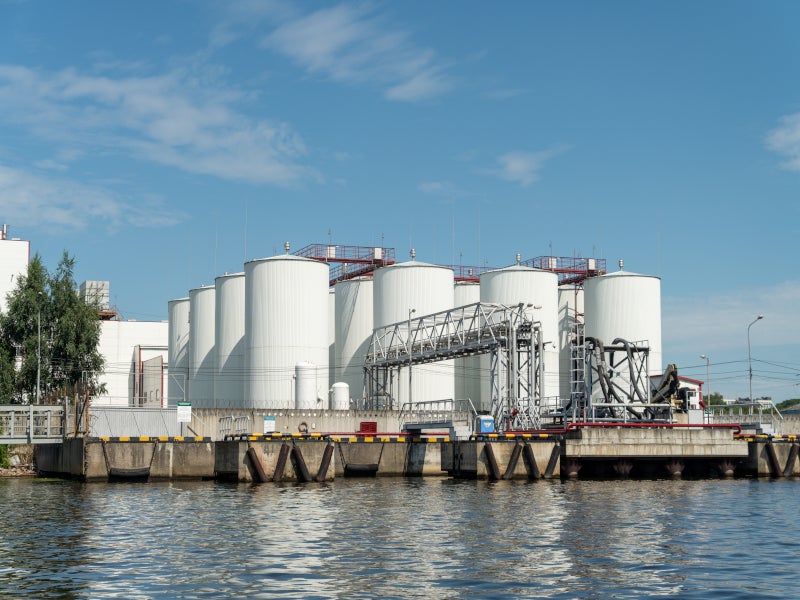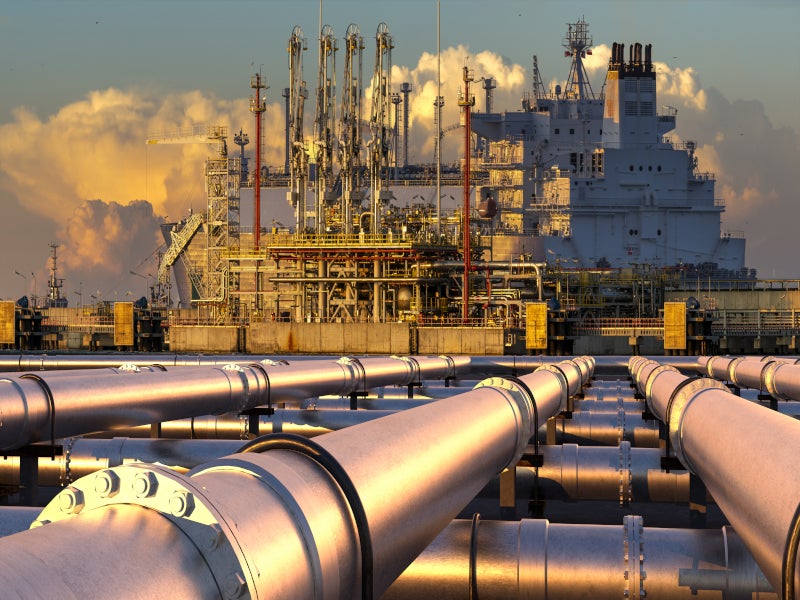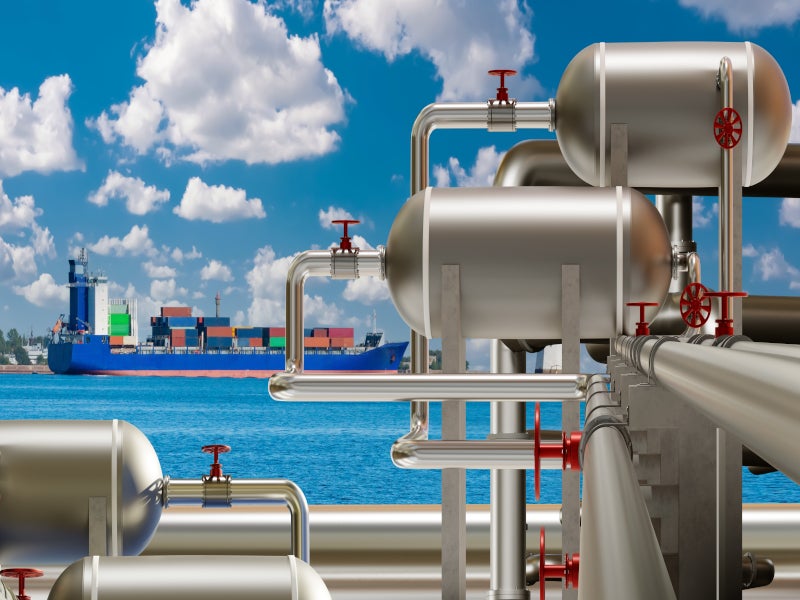The Amigo LNG terminal is a liquefied natural gas (LNG) facility that is currently under development on the west coast of Mexico in Guaymas, Sonora.
This project will be owned and operated by LNG Alliance, a Singapore-based company operating in the oil and gas sector and an affiliate of oil and gas company Epcilon LNG.
The LNG terminal will have a capacity of 7.8 million tonnes per annum (mtpa).
It is designed as a land-based LNG liquefaction facility, with compact environmental footprint and best-in-class technology.
The LNG produced will be loaded onto ocean-going LNG carriers, destined for domestic markets within Mexico and reexport to other countries.
The LNG production is anticipated to commence in the second quarter (Q2) of 2026.
Project location
The Amigo LNG facility will be located in Guaymas, within the state of Sonora, Mexico, at a coastal site situated on the Gulf of California.
The project site covers an estimated area of 150 acres.
Amigo LNG terminal details
The Amigo LNG terminal will include two liquefaction trains, Train 1 and Train 2. Train 1 will have a capacity of approximately 4.2mtpa while Train 2’s capacity will be 3.6mtpa
The facilities at the terminal will include two full containment LNG storage tanks, with the first tank having a storage capacity of 230,000m³ and the second having a capacity of 170,000m³.
Additional infrastructure will encompass an LNG impoundment basin, four LNG storage tank send-out pumps, and one LNG recirculation pump for each storage tank.
The feed gas for the facility will be sourced from the cost-effective Permian shale basins in the US.
The terminal will operate on a tolling model, where offtakers will be responsible for sourcing their feed gas from the US Permian basin to ensure the delivery of LNG.
In addition, 5,000ft of aboveground cryogenic pipeline will be developed to connect the tanks, LNG pumps and two LNG loading docks equipped with truck loading facilities.
Infrastructure details
A lateral gas pipeline will link the onshore gas spur line to two nearshore floating liquefied natural gas (FLNG) liquefaction barges.
Each FLNG barge will have a capacity of around 3.9mtpa and will be installed in two phases.
The nearshore facilities will feature a marine wharf capable of berthing Q-Flex vessels. It will feature a 15m deep navigation channel with a turning circle diameter of 900m.
A small-scale jetty will also be constructed for smaller LNG vessels with capacities ranging between 5,000m³ and 15,000m³.
LNG transportation
The LNG for the Mexican market will be transported either by truck or by smaller vessels.
Epcilon intends to initially receive natural gas primarily from the US, which will be exported to Mexico via an established gas transmission pipeline network spanning both countries.
The primary transportation route includes the Trans-Pecos pipeline, which carries gas from the Waha Hub near Fort Stockton, Texas, to the US-Mexico border near Presidio, Texas.
The gas from Presidio, Texas will first flow through the interconnected El Encino pipeline, operated by Infraestructura Energetica Nova and then through the Topolobampo Pipeline managed by TC Energy.
The gas will continue on the Topolobampo pipeline into the interconnected Guaymas pipeline operated by Ienova at the El Oro interconnection.
A short lateral section at the Guaymas pipeline near the Port of Guaymas will serve the Amigo LNG facility.
Project benefits
The Amigo LNG terminal will provide substantial benefits to both the US and Mexico by giving US natural gas producers access to new markets, leveraging the abundant and low-cost gas from regions such as the Permian Basin and Eagle Ford Formation.
Strategically located on the Gulf of California, the terminal will serve as a cost-effective LNG source for Asia, the Pacific, and Central and South America, providing a competitive edge.
Additionally, the facility will also benefit Mexican LNG markets, especially those remote from the national gas pipeline grid, through waterborne or truck-based deliveries.
The construction phase is also expected to support design, construction services, material suppliers, and labour from both the US and Mexico.




